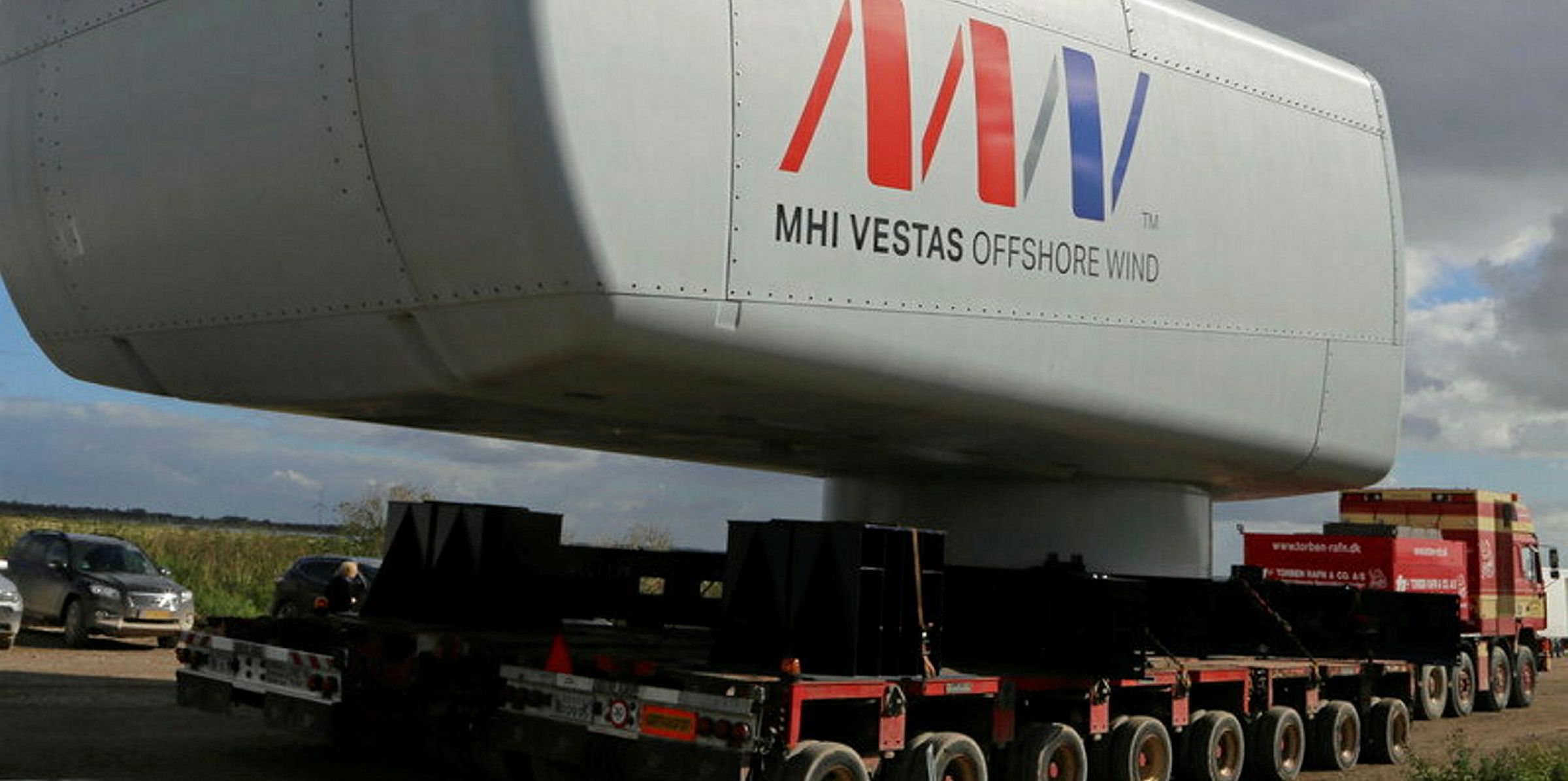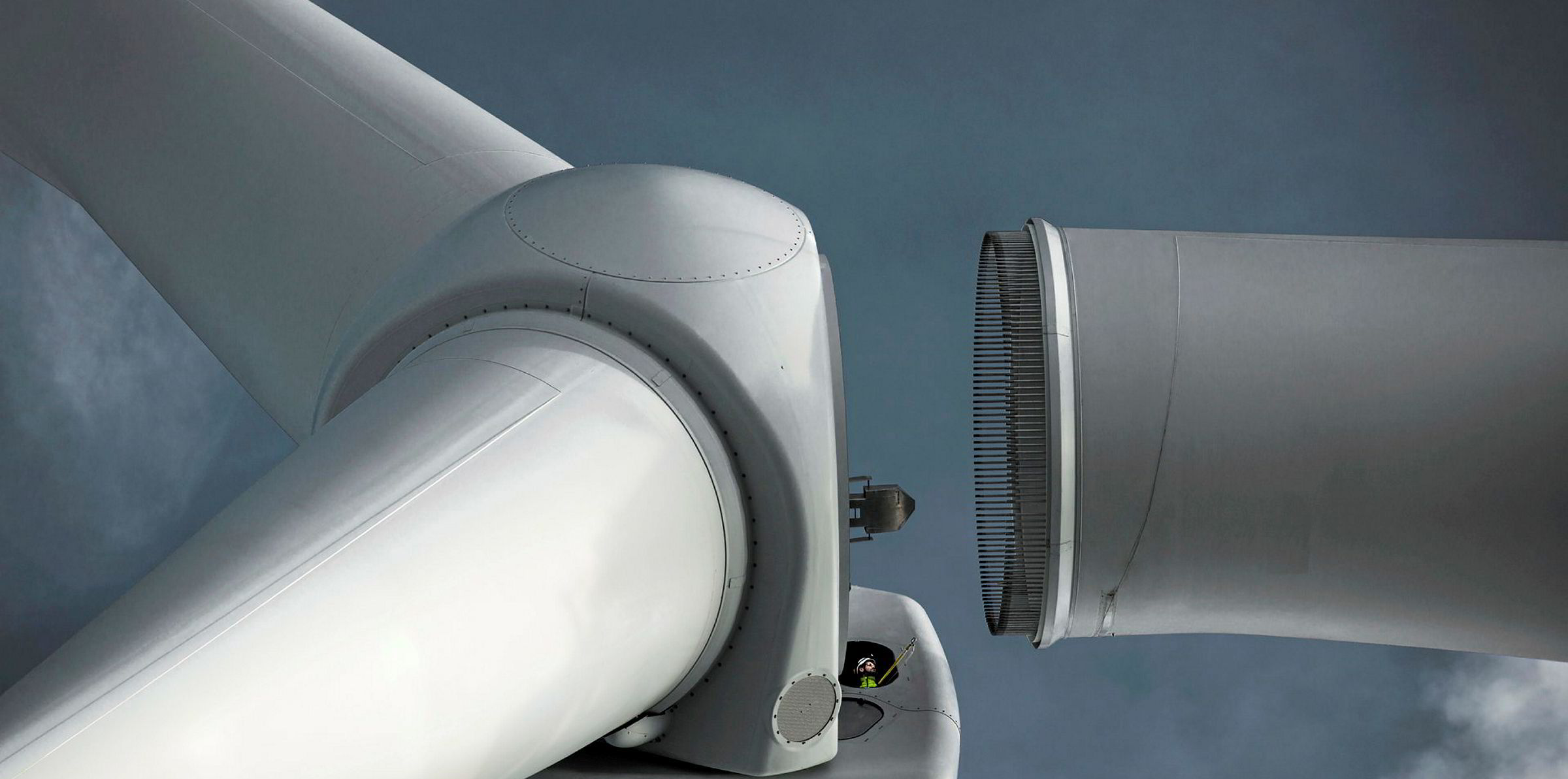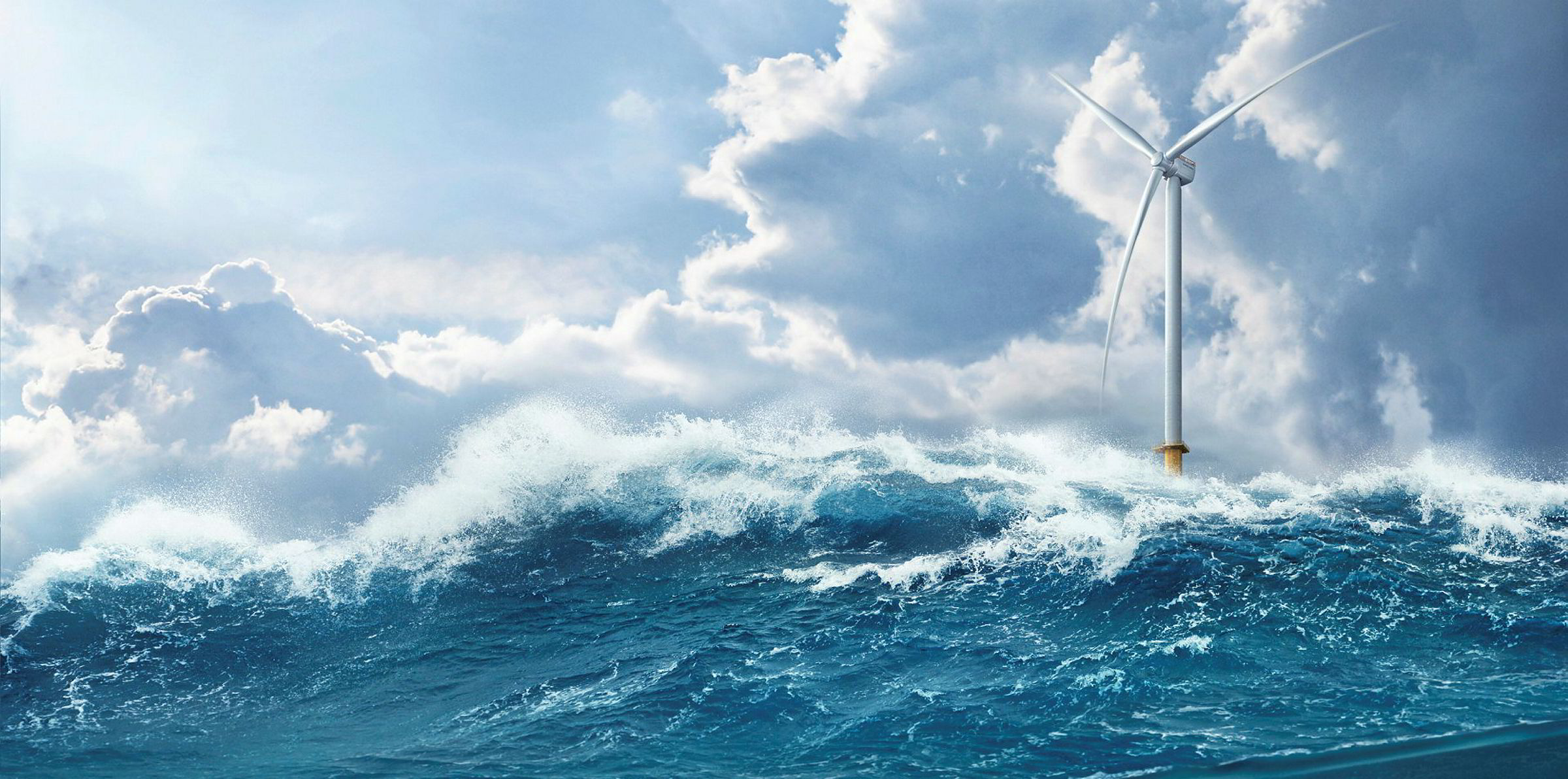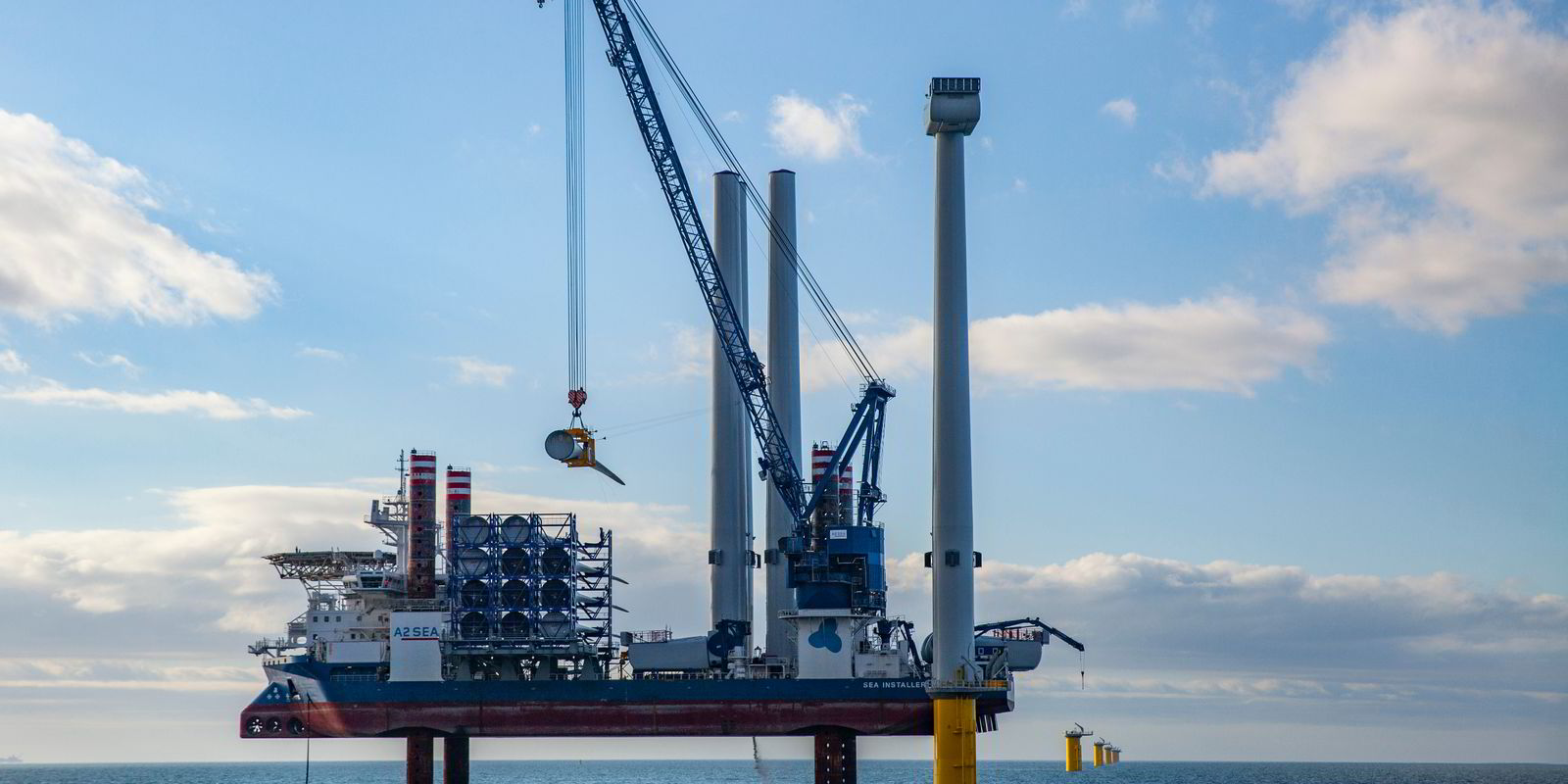MHI Vestas will by early next year at the latest unveil a new turbine platform that will compete with supersized models already announced by rivals GE and Siemens Gamesa, said CEO Philippe Kavafyan.
Without specifying a nameplate capacity Kavafyan told Danish media the platform will be “very powerful” and a “leap rather than evolution” from the current V164/V174 machine that rates up to 10MW.
That has started to be left behind by the 15MW and 13MW machines already under development by Siemens Gamesa and GE respectively, and Kavafyan said “now is the time to take the next step in size”.
“Some months will pass before we present it. It will either be late this year or in the beginning of the next. We're talking about turbines ready for commercial installation by the mid-2020s," said the MHI Vestas CEO.
The new platform will still be based on technology from wind OEM Vestas, co-owner of the manufacturer with Mitsubishi Heavy Industries, Kavafyan told EnergyWatch. That means it will be a geared machine in contrast to the direct-drive technology used by competitors.
The V164 has led the move up in ratings in offshore wind, and is currently the most powerful machine operating commercially with turbines of 9.5MW up and running.
Although it has seen success in Europe, and further afield in Taiwan, pressure has been growing on MHI Vestas to move up further as competitors hoovered up orders for giant offshore wind projects such as the 3.6GW Dogger Bank off the UK or 2.6GW Dominion offshore wind project in the US that are due to come online in the mid-2020s.
Recharge revealed today how developer Vineyard Wind, which originally had the V174 9.5MW lined up for its pioneering US project, is now considering a larger turbine from a competitor.
The largest single deal booked by MHI Vestas is the 1.1GW Seagreen off Scotland.
The MHI Vestas turbines have firm orders for 4.4GW, and conditional or preferred supplier deals covering about 1.4GW more.
The V164 and more recent longer-bladed V174 are based on the 7MW machine unveiled by Vestas as long ago as 2011, before its JV with MHI.




